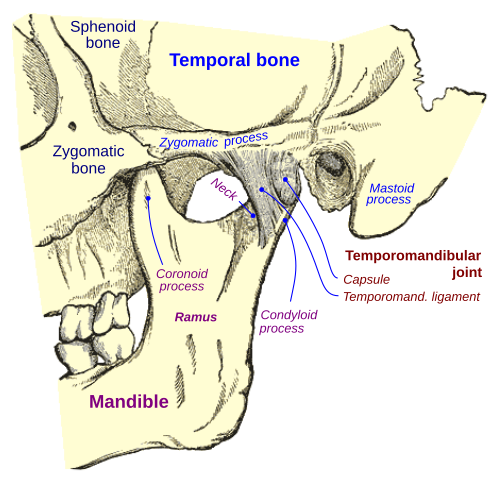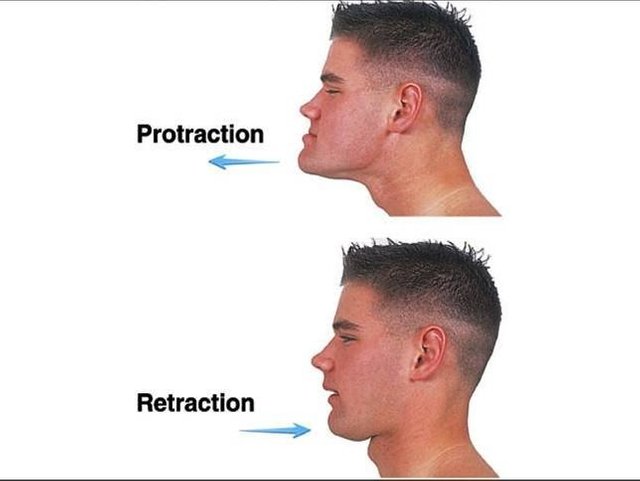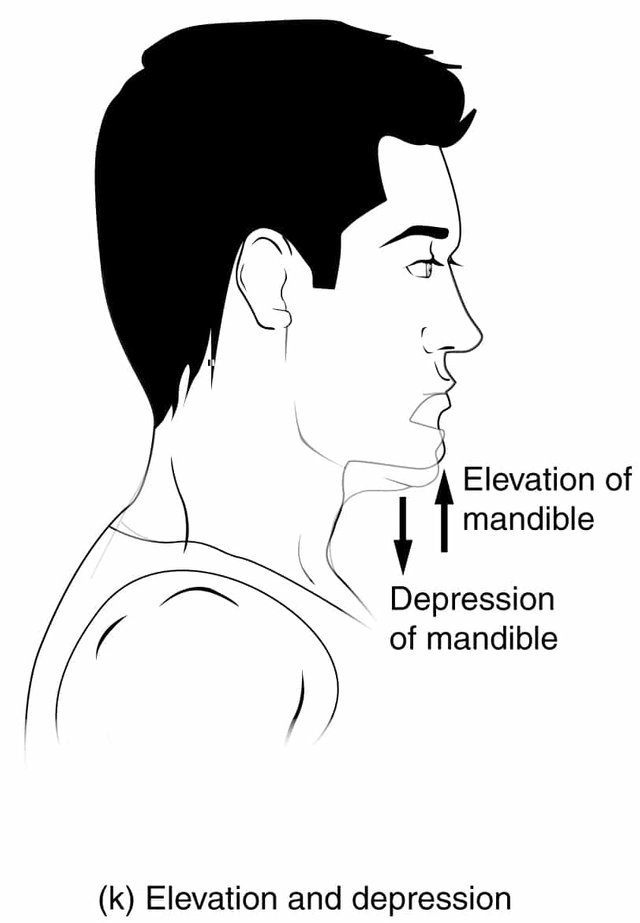The Movement of the Temporomandibular Joint & its Clinical Precautions 🦷💀🦴
The movable of the axial skeleton is very paramount in our anatomical studies, with more especially the protraction, retraction, depression, elevation and the excursion of the Mandibles. Though there is not complete diarthrosis, flexion or rotation as it is noted to happen with the neck.

Between the upper and lower mandibles( the upper and lower jaws), there is an amazing synovial joint known as "Temporomandibular joint" that articulates to help mastication of food possible. There are always distinct movement which in the articulation or temporomandibular surface mammals and other creatures which possess this feature. It's therefore very imperative to study these movement and learn some clinical precaution in order not to cause much damages.
The protraction of the mandible is the movement of the lower mandible which occurs by pushing it the forward. This happens in the cause of exercising the lower jaw by pushing it posteriorly to release the chin forward.
The retraction of the mandible is the pulling of the lower mandible backward to the anterior level of the of the jaw. This let the base of the jaw and the neck contracts.

In the cause of chewing, yawning or opening the mouth for some reason two distincts movement occur in in the upper and lower mandibles by the articulation of the temporomandibular joint, this is the depression and elevation of the mandibles. The depression is the opening of the mouth in the case of yawning or opening the mouth for some reasons, while, elevation is the closing of the mandibles in the case of chewing food or crushing bones. These two movements are very important in mammalian axial skeleton.

The excursion of the mandibleis the movement of the lower mandible side by side as it happens in ruminant animals like cattle and sheep in the course of chewing their cuds. As the relax to make sure that all the four Chambers have digested the food, all the undigested food is chewed again when the food draws back into their mouth.
The Clinical Precautions to Note about studying the temporomandibular joint.
Here is very critical in the cause of studying all these movements that happen in the surface of the temporomandibular articulations. Dislocation and Luxation are some of the injury one can cause to the temporomandibular joint if care isn't taken. Dislocation can occur when one stress himself of yawning or opening the mandible excessively to the above normal to chew food. At times hitting the jaw very hard with some material can also lead to the locking of the temporomandibular joint. In severe cases, surgery has to be made in order to bring the temporomandibular joint to its normal position.
This post has been rewarded by the Steem Community Curation Project. #communitycuration07
Thank you very much @steemcurator07 for your support!